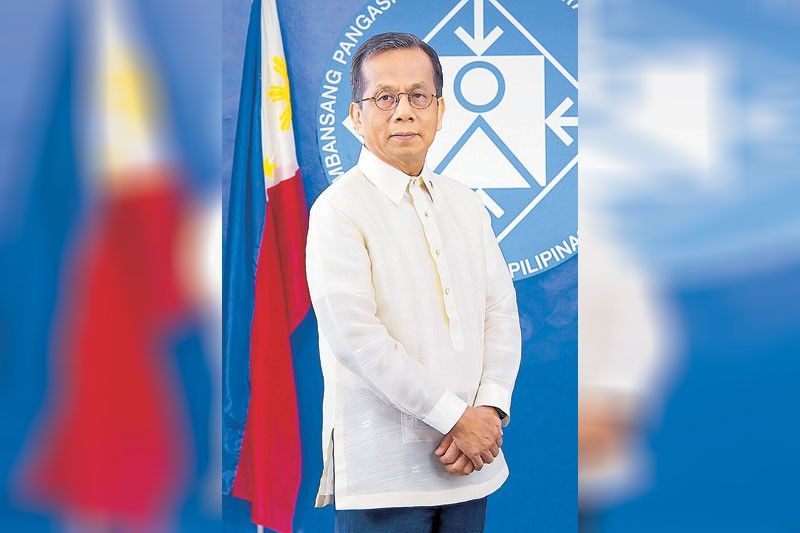NEDA expects continued poverty reduction

MANILA, Philippines — Poverty incidence in the country is expected to continue to go down following improvements in the labor market performance and lower inflation last year, according to the National Economic and Development Authority.
“With the robust labor market performance and inflation deceleration in 2024, we expect to see further poverty reduction when the new poverty data becomes available,” NEDA Secretary Arsenio Balisacan said during the presentation of the 2024 Philippine Development Report (PDR) to the NEDA Board chaired by President Marcos.
The PDR provides a comprehensive overview of the government’s progress in implementing the President’s eight-point socioeconomic agenda.
In 2023, poverty among Filipinos dropped to 15.5 percent from 18.1 percent in 2021. This translates to approximately 2.4 million Filipinos lifted above the poverty line.
Under the Philippine Development Plan, the government is aiming to reduce poverty incidence to a range of 12.9 to 13.2 percent this year.
Balisacan’s outlook on poverty incidence is fueled by the gains in the labor market and the lower inflation last year.
In particular, the country’s unemployment rate averaged 4.3 percent last year, surpassing the government’s target range of 4.4 to 4.7 percent.
Last year, the share of wage and salaried workers in private establishments rose to 50.7 percent from 49.9 percent in 2023.
Job quality also improved as the country’s underemployment rate declined to 13.3 percent in 2024 from 13.6 percent in 2023.
For this year, the government aims to keep the unemployment rate below 5.1 percent, as well as to increase the proportion of wage and salaried workers.
Inflation averaged 3.2 percent last year, falling within the government’s two to four percent target band.
It also declined from the six percent average inflation in 2023.
Food inflation also slowed to 4.5 percent in 2024 from eight percent in 2023.
For this year, the government aims to keep headline and food inflation low and stable.
“While inflation has moderated, prices of some key commodities remain elevated. It is very crucial to make sure that food is affordable and accessible by enabling markets to function efficiently, as well as refining our targeting programs for low income and vulnerable Filipinos,” Balisacan said.
Despite the gains, he said the government would continue to be on the lookout for external risks and opportunities and work on minimizing adverse effects on the economy.
Apart from seeing continued reduction in poverty incidence, the government is aiming to achieve high economic growth of six to eight percent this year.
The Philippine economy posted an average growth of 5.8 percent in the first three quarters of last year, with all sectors having returned to their pre-pandemic levels on the expenditures side.
On the supply side, the NEDA expects production in the mining and quarrying and real estate sectors to further recover this year.
“To achieve these targets, we will continue to drive socioeconomic transformation by diversifying and developing new growth drivers, enabling the adoption of new technologies, raising economic productivity and establishing meaningful collaboration with various stakeholders,” Balisacan said.
With the budget adjustments for 2025 following Marcos’ veto of several line items in the 2025 General Appropriations Act, the government wants to assure the public that critical health, education and infrastructure projects and initiatives will continue to be well-funded and supported.
“The President’s marching order is clear: the government will continue to support the country’s most urgent development priorities, ensuring that public services are not only sustained but further enhanced to support economic growth and inclusion,” Balisacan said.
- Latest
- Trending




























